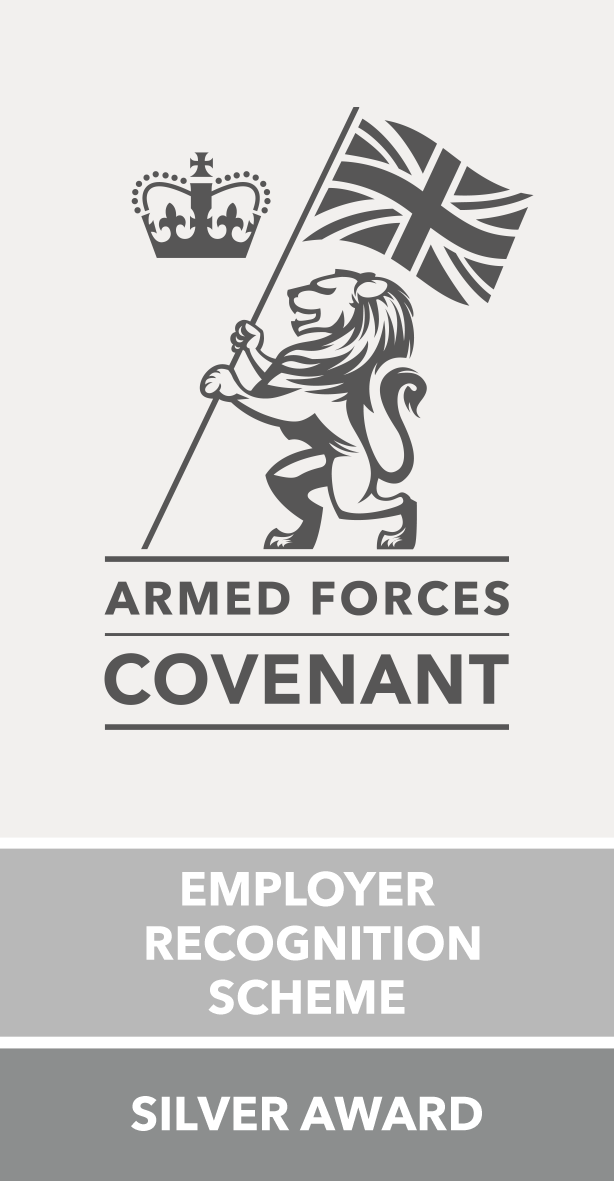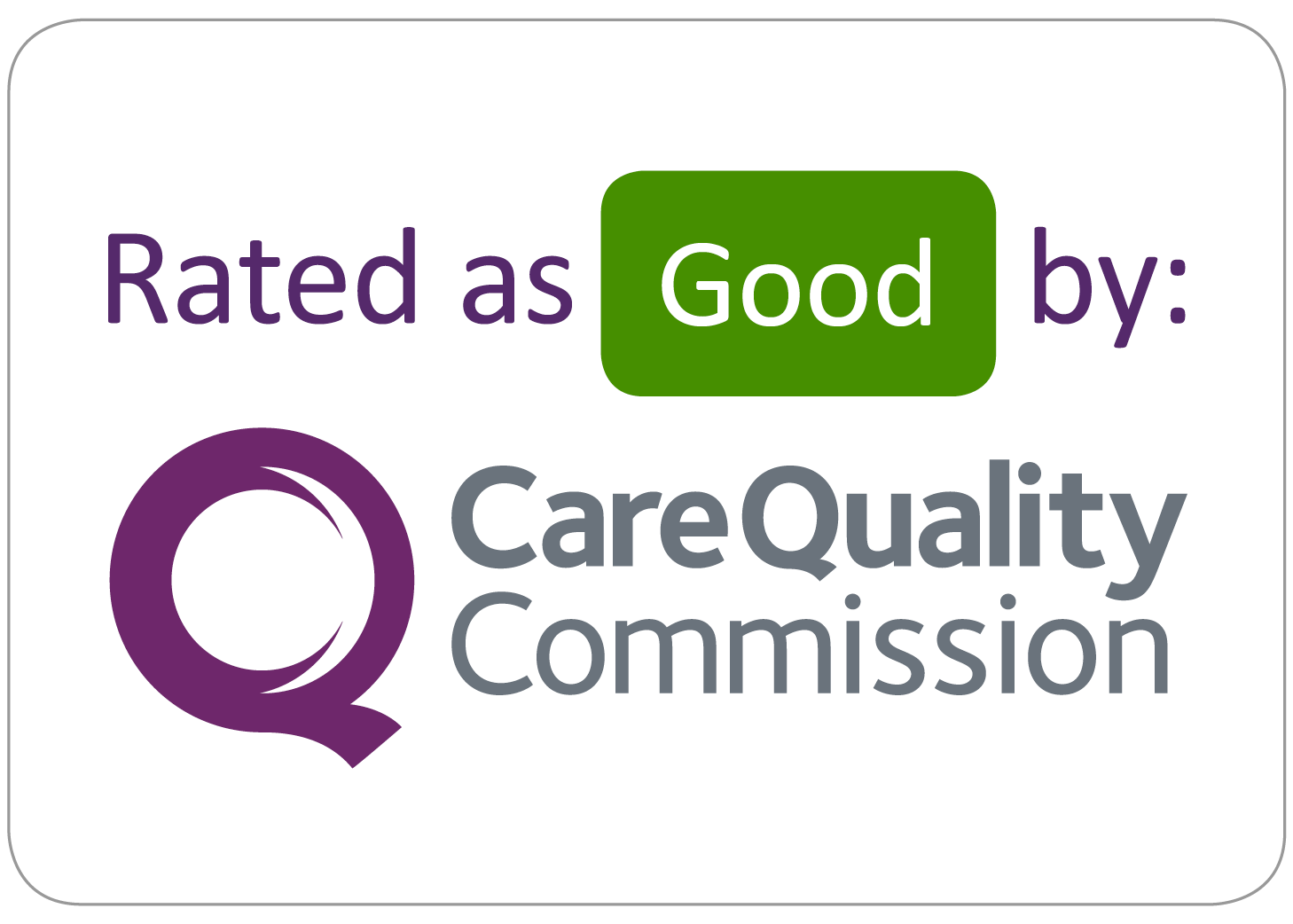Joint Hypermobility Syndromes
Hypermobile joints are common in the general population and many individuals with hypermobility do not experience any significant difficulties. In fact, in many situations such as sportspeople and dancers, as examples, hypermobility can have positive advantages. However, some people experience difficulties and symptoms which are understood to be related to being hypermobile. The key to managing hypermobility and to minimise dislocations is to train and maintain strength through all available range of motion.
“The Hypermobility Syndromes Association is here to support everyone with symptomatic hypermobility – whatever the cause, however mildly or severely they may be affected, and whether or not they are diagnosed.”
The HMSA | The Hypermobility Syndromes Association
If referred, you will work with therapists who will complete a holistic assessment and together you will develop a tailored plan to meet your needs.
When to seek advice
If you have severe pain affecting your sleep and daily activities, if you have had a serious injury or you have symptoms that have not improved with self-management, you should contact your GP practice. If you have a red, hot swollen joint please ring 111

















